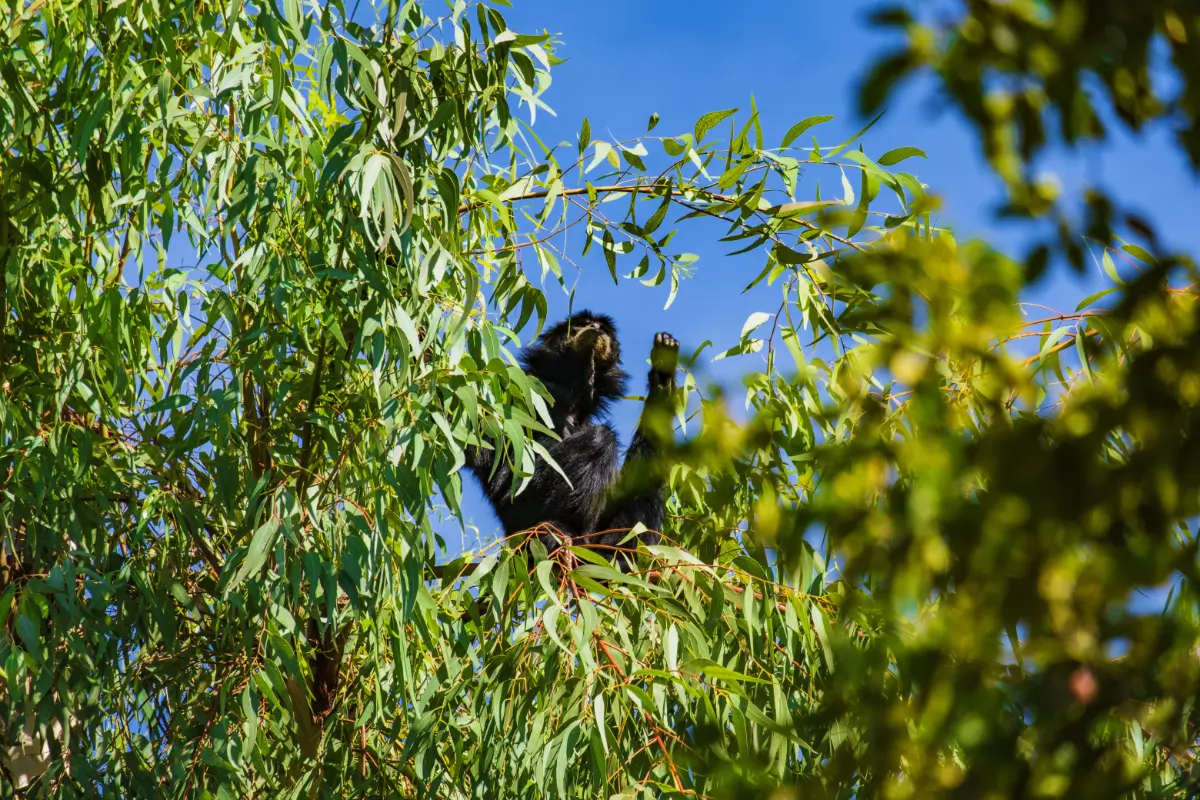Should invasive plant species be eliminated? If you experience invasive plans in your garden you may be required to remove them. Find out more about invasive plants and the law in the UK.
Can Invasive Species Be Stopped?
Invasive non-native species are incredibly difficult to eliminate. In reality, to entirely remove an invasive non-native species is impossible once it's been established in the territory.
The market in Britain thrives from free trade, which furthers climate change and degeneration of local ecosystems and biodiversity. In simple terms, the areas become a pest and non-native species breeding ground.
Although some non-native species can be repelled, most won't be rid of so easily. With border control, Citizen science, regulations, education and global cooperation, non-native species can be identified and contained.
These systems are one of the most cost-effective ways to help reduce invasive non-native species. They cost Europe an estimated €12bn every year and require continuous improvement and synchronisation, or costs can dramatically rise.
The UK Environmental Audit Committee (EAC) are undertaking inquiries into invasive non-native species control, ensuring content published remains updated.
Britain's policies for non-native species are regularly adapted to match the global environment and circumstances.
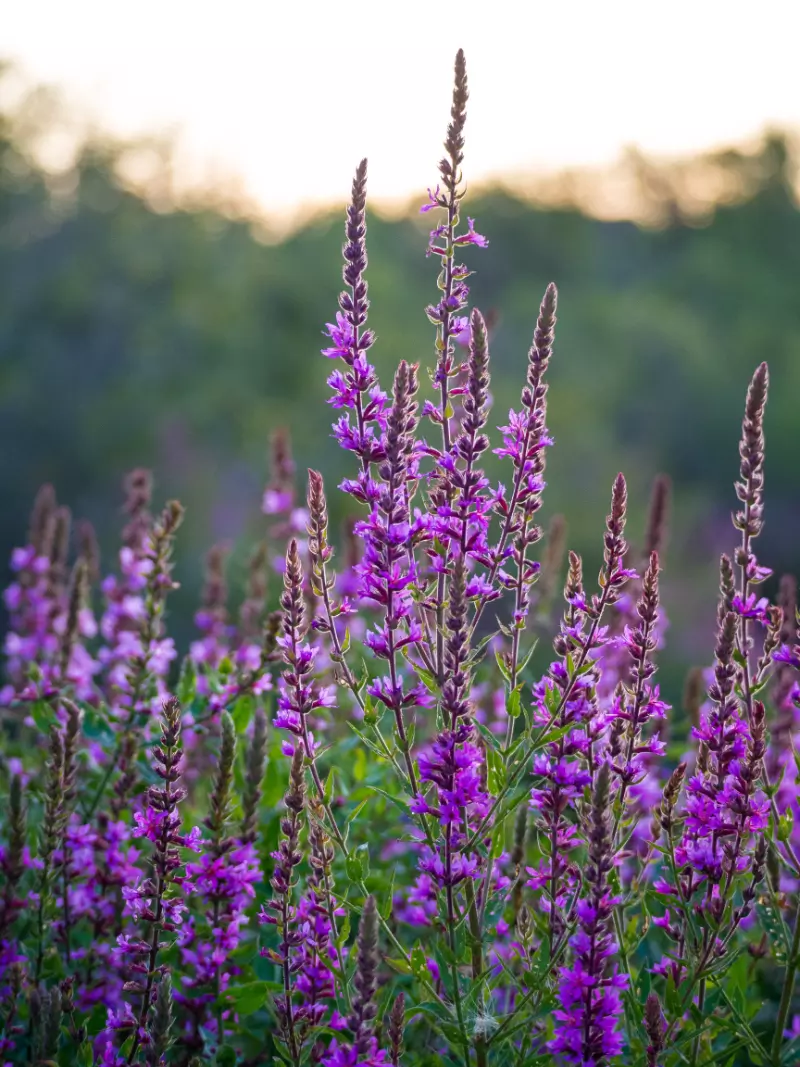
The EAC helps to address various questions relating to non-native species control, for instance, 'how do we select species that are acceptable non-natives?' or 'how do we triage invasive non-native species that slip through?'. The answer to these questions is published to determine set guidelines for the UK populations and protect native biodiversity.
To calculate the impact of invasive non-native species there are a few measures to take. Firstly is money spent, as this can identify the use of resources to resolve the invasion.
The other measure is local biodiversity. The invasive species are known to leave a trail of homogenous, single species dominated and dead ecosystems.
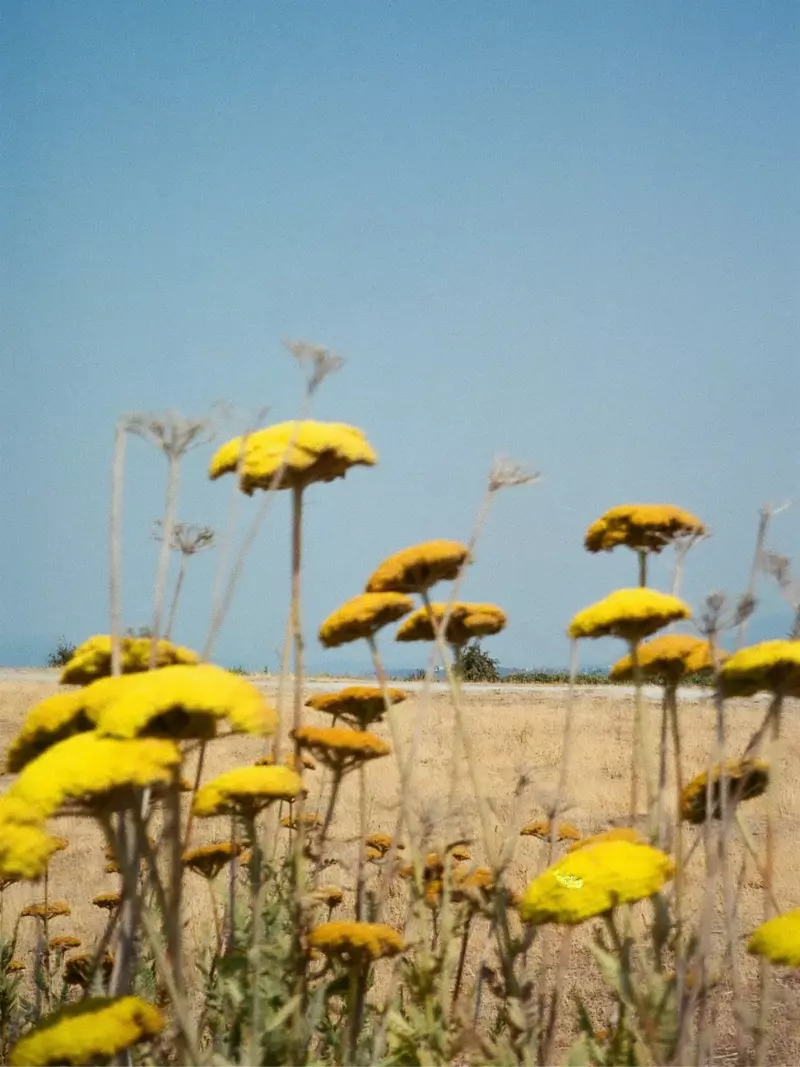
Moreover, the invasive non-native species can threaten to wipe out entire native plants and species for which they are pathogenic, for example, the 'ash dieback' and 'dutch elm disease'.
In turn, this can destroy entire ecosystems and severely disrupt native biodiversity.
Social and Human Health impacts are considered during this risk assessment process and data analysis. All the impacted factors should be balanced effectively, as a successful balance can signify the values of a society or territory.
It's suggested that the decision of which species to eradicate is often political, with the 'Non-Native Species Secretariat' (NNSS) making the choices whilst providing a transparent decision process.
These eradication and preservation decisions are partially made with the idea that there's an archetype for 'nature' and that it should remain stagnant, frozen in time.
This concept idealises a set point in evolution, where our ecosystem was deemed 'perfect' or 'natural'. The suggestion that nature remains exact is incredibly feigned and damaging to any developing species and wildlife.
Conservation based on these values is not only unrealistic but a clear contradiction of natural processes and natural selection.
Not to say every species should be able to free-roam in all areas. But to solely eradicate a species purely owed to the species being non-native has little to do with the natural world or the scientific data supporting the realistic evolution of nature throughout time.
Rules In England And Wales Invasive Non-Native Plants
The problems caused by invasive non-native species can be severe for the environment and native UK plants and wildlife.
In Britain, there is an established list of 36 species dubbed 'invasive non-native species that are of special concern owed to their overall invasiveness/ability to manifest in several nations across Europe (inc. UK)
Restrictions On Invasive Alien Plants
The simple restrictions placed on invasive non-native plants are as follows.
These rules also apply to specimens of the listed non-native species. A specimen refers to any live part of the species (i.e., seeds, cuttings) or hybrids and varieties of a species that can reproduce.
There are also some exemptions for people allowed to deal with listed 'invasive non-native species, these include;
Do Not:
Import
Keep
Breed
Transport
Sell
Grow, Cultivate, or Permit to reproduce.
Exemptions
Those with an existing listed plant growing on their land within a controlled private collection.
For transportation between your land and a destruction site.
Those with a licence/permit to keep the listed species for research, conservation or educational purposes.
Time limits to sell them haven't been concluded.
List Of Invasive Plant Species
Below there are two tables that present data relating to the invasive species of special concern in the UK, the first table shows those widely spread in Britain, and the second those less widely spread in the same areas.
Widely Spread:
| Common Name | Scientific Name | Listing Date |
| American Skunk Cabbage | Lysichiton Americanus | 3 August 2016 |
| Chilean Rhubarb | Gunnera Tinctoria | 2 August 2017 |
| Curly Waterweed | Lagarosiphon Major | 3 August 2016 |
| Floating Pennywort | Hydrocotyle Ranunculoides | 3 August 2016 |
| Giant Hogweed | Heracleum Mantegazzianum | 2 August 2017 |
| Himalayan Balsam | Impatiens Glandulifera | 2 August 2017 |
| Nuttall's Waterweed | Elodea Nuttallii | 2 August 2017 |
| Parrot's Feather | Myriophyllum Aquaticum | 3 August 2016 |
Non-Widely Spread:
| Common Name | Scientific Name | Listing Date |
| Alligator Weed | Alternanthera Philoxeroides | 2 August 2017 |
| Asiatic Tearthumb | Persicaria Perfoliata | 3 August 2016 |
| Balloon Vine | Cardiospermum Grandiflorum | 15 August 2019 |
| Broadleaf Watermilfoil | Myriophyllum Heterophyllum | 2 August 2017 |
| Broomsedge Bluestem | Andropogon Virginicus | 15 August 2019 |
| Chinese Bush Clover | Lespedeza Cuneata | 15 August 2019 |
| Chinese Tallow | Triadica Sebifera | 15 August 2019 |
| Common Milkweed | Asclepias Syriaca | 2 August 2017 |
| Crimson Fountaingrass | Pennisetum Setaceum | 2 August 2017 |
| Eastern Baccharis | Baccharis Halimifolia | 3 August 2016 |
| Fanwort | Cabomba Caroliniana | 3 August 2016 |
| Floating Primrose-Willow | Ludwigia Peploides | 3 August 2016 |
| Golden Wreath Wattle | Acacia Saligna | 15 August 2019 |
| Japanese Hop | Humulus Scandens | 15 August 2019 |
| Japanese Stiltgrass | Microstegium Vimineum | 2 August 2017 |
| Kudzu Vine | Pueraria Lobata | 3 August 2016 |
| Mesquite | Prosopis Juliflora | 15 August 2019 |
| Perennial Veldt Grass | Ehrharta Calycina | 15 August 2019 |
| Persian Hogweed | Heracleum Persicum | 3 August 2016 |
| Purple Pampas Grass | Cortaderia Jubata | 15 August 2019 |
| Salvinia Moss | Salvinia Molesta | 15 August 2019 |
| Senegal Tea Plant | Gymnocoronis Spilanthoides | 15 August 2019 |
| Sosnowsky's Hogweed | Heracleum Sosnowskyi | 3 August 2016 |
| Tree of Heaven | Ailanthus Altissima | 15 August 2019 |
| Vine-Like Fern | Lygodium Japonicum | 15 August 2019 |
| Water Hyacinth | Eichhornia Crassipes | 3 August 2016 |
| Water-Primrose | Ludwigia Grandiflora | 3 August 2016 |
| Whitetop Weed | Parthenium Hysterophorus | 3 August 2016 |
Plants on your land and in private collections, including gardens
Invasive non-native species already growing on land, including estates and parks open to the public or private gardens, are not considered to be consciously kept and cultivated by the Environment, Food and Rural Affairs (Defra).
Technically, no offence has been committed in these circumstances, although to grow, spread or cultivate the offence is committed. If you notice a listed 'invasive non-native species' growing, then you should;
- Treat or dispose of them
- Don't intentionally allow growth or spread outside of your land
Alive listed non-native plants or specimens can only be transported outside your land if it's being taken to a destruction site or the mover has one of the following allowances;
- A licence issued by 'Natural England' or 'Natural Resources Wales'
- A permit issued by 'the Animal & Plant Health Agency' (APHA)
Plants In Exhibitons:
Non-native species exhibited in private collections should display signs to visitors to warn them of the dangers and rules associated with listed invasive species.
The key rules are to make sure no cutting or seeds are taken. Furthermore, the species should not be sold, used or exchanged with any visitors. Warning signs should include information relating to;
- Risks associated with alien species on native plants and wildlife
- State its an invasive species, and the laws defining this
- Management and containment techniques for the species
Displaying widely spread listed plant species:
If you intend to use a non-native species or specimen that is widely spread in the UK for education or management purposes, you must apply for a management measure licence (England & Wales).
Manage or remove aquatic plants
Listed invasive non-native species that are already growing on private or public land in lakes, ponds or waterways are not regarded as intentionally kept and cultivated.
This means no offence has been committed, although the non-native species can cause damage to waterways, ponds and lakes wildlife and should not be intentionally spread outside of the designated zone in your land.
If any listed aquatic plants or live non-native specimens are dumped in the wild, an offence has been committed.
Be wary when maintaining the water and disposing of waste. This should be done safely or at a destruction site if required.
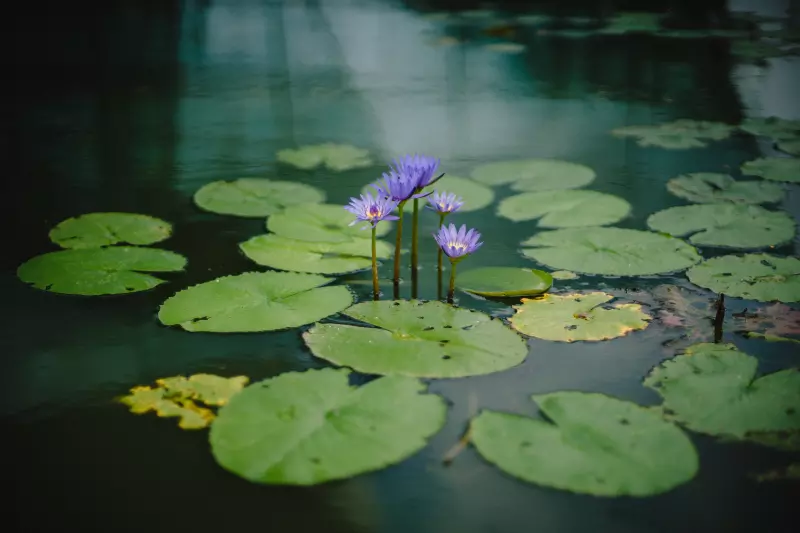
Selling listed plant species
Once a non-native species has been established and listed, there is a limited time or 'transition period' where businesses can sell certain species. These times are:
12 months from the date of listing, when selling to the public
24 months from the date of listing, when selling to a location with a valid permit (England & Wales)
Businesses have 24 months after the date of listing to transfer the invasive species to a destruction site. Any listed plants bought before 01/01/2021 must be kept in a 'contained holding'- a secure facility where they cannot escape or spread. The plants must not be allowed to reproduce, grow or spread outside the designated contained holding.
Listed plants in the wild
If non-native specimens are growing wild, the landowners aren't required to remove them, although they must not intentionally cultivate or reproduce these wild listed specimens.
The listed non-native plants should be removed and disposed of safely, especially those not considered 'widely spread' in the UK.
Rules regarding wild listed plants removal can vary, so check the current government guidelines in Britain.
Contact your Local Action Group or accredited industry species control services for safe removal and disposal.
And don't forget to contact the local council or government to report any listed non-native species that are found on your land that aren't considered 'widely spread' for eradication.
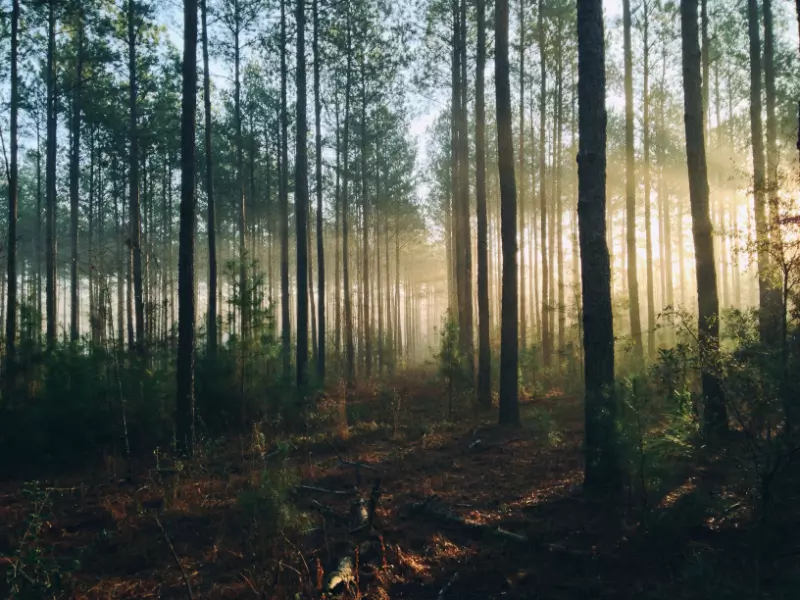
Do you have a Japanese Knotweed problem? If you require Japanese Knotweed Removal in Essex or throughout the UK, contact our expert today.

